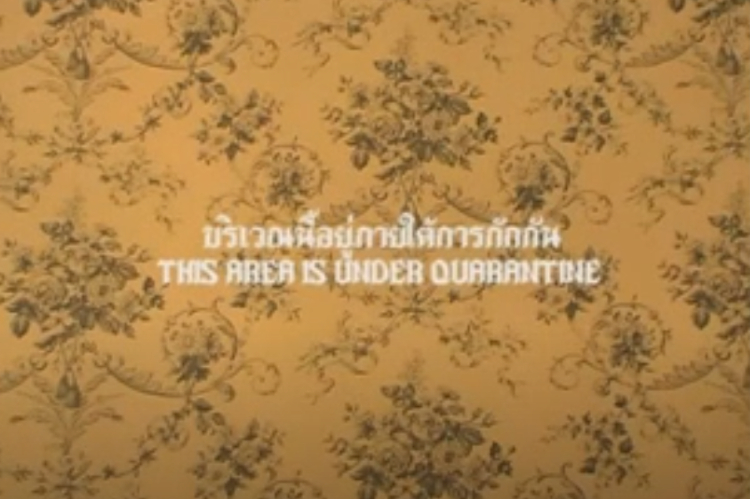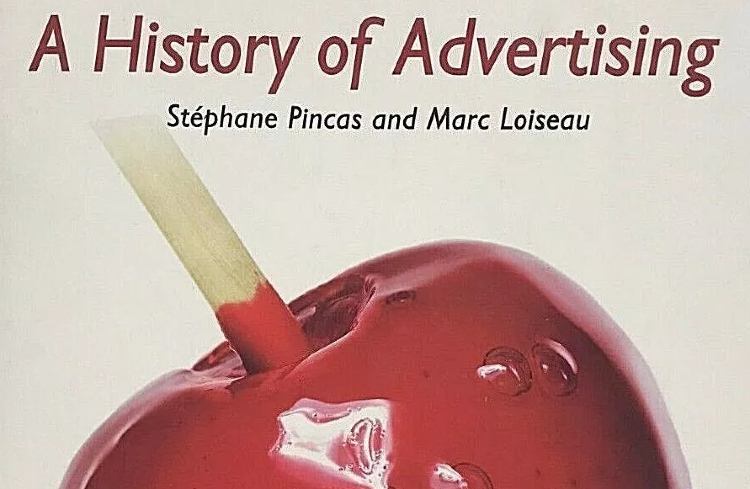
The Constitutional Court announced today that Samak Sundaravej—Prime Minister, and leader of the governing People Power Party—must be dismissed from office with effective immediate effect. The court ruled that he had violated the constitution by hosting a cookery show, ชิมไปบ่นไป (‘tasting while grumbling’), on TV earlier this year. The constitution forbids a serving prime minister from receiving private income; it also stipulates that the entire cabinet must resign following the PM’s disqualification.
Samak had been under pressure to resign for over a week, following the People’s Alliance for Democracy’s continued occupation of Government House. However, he had repeatedly refused to step down, arguing that an elected PM should not give in to mob rule. The Election Commission of Thailand voted unanimously to recommend the dissolution of the PPP last week. Their decision was based on the Supreme Court’s conviction of PPP deputy leader Yongyuth Tiyaphairat, following an investigation into vote-buying during the 2007 general election. The Constitutional Court has yet to rule on the PPP’s fate, though the court’s dissolution of Thai Rak Thai last year does not bode well for the PPP, given that the PPP is essentially a reincarnation of Thai Rak Thai.
Samak had been under pressure to resign for over a week, following the People’s Alliance for Democracy’s continued occupation of Government House. However, he had repeatedly refused to step down, arguing that an elected PM should not give in to mob rule. The Election Commission of Thailand voted unanimously to recommend the dissolution of the PPP last week. Their decision was based on the Supreme Court’s conviction of PPP deputy leader Yongyuth Tiyaphairat, following an investigation into vote-buying during the 2007 general election. The Constitutional Court has yet to rule on the PPP’s fate, though the court’s dissolution of Thai Rak Thai last year does not bode well for the PPP, given that the PPP is essentially a reincarnation of Thai Rak Thai.



